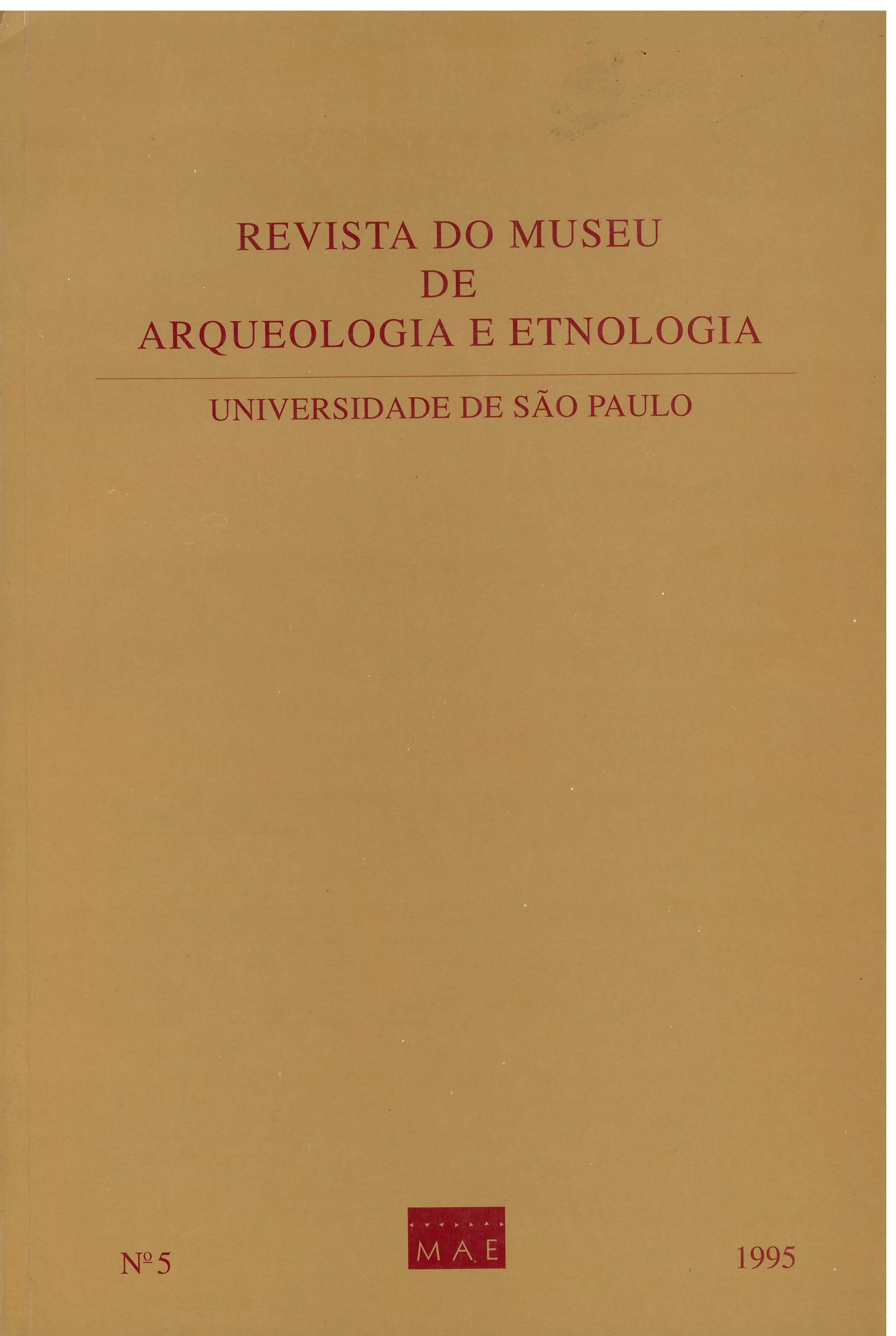Literacy and social status of archaic attic vase-painters.
DOI:
https://doi.org/10.11606/issn.2448-1750.revmae.1995.109236Palavras-chave:
Greek vases - Athens - Archaic Attic vase-painters - Literacy - Social status.Resumo
In recent years, new evidence has led some scholars to question the traditional view of Athenian potters and painters as banausoi of low social status whose lives seldom if ever intersected with those of the aristocracy (Keuls, 1989: 149-67). The evidence pertains mainly to the generation of the red-figure pioneers, who are excepcional in their strong sense of identity and self-conscious reference to each other and to their patrons. Their meeting ground was the symposium. The presente paper focuses on an earlier period, the mid-sixth century, and on certain vase inscriptions that suggest not only a high degree of literacy on the part of the painter, but also a familiarity with several genres of sympotic and other poetry. These metrical inscriptions, some on otherwise modest vases and not previously collected, attest to the pervasiveness of the “song culture” of Archaic Greece described by J. Herington (1985). These and other examples imply that the social structure of Early Archaic Athens, in the wake of Solon’s reforms, was not a rigidly stratified one, but rather artisans mixed freely with aristocrats, often joined through their shared tastes for poetry and song.Downloads
Os dados de download ainda não estão disponíveis.
Downloads
Publicado
1995-12-18
Edição
Seção
Artigos
Licença
Copyright (c) 1995 H. A. Shapiro

Este trabalho está licenciado sob uma licença Creative Commons Attribution-NonCommercial-NoDerivatives 4.0 International License.
Como Citar
SHAPIRO, H. A. Literacy and social status of archaic attic vase-painters. Revista do Museu de Arqueologia e Etnologia, São Paulo, Brasil, n. 5, p. 211–222, 1995. DOI: 10.11606/issn.2448-1750.revmae.1995.109236. Disponível em: https://revistas.usp.br/revmae/article/view/109236.. Acesso em: 18 jan. 2026.


















